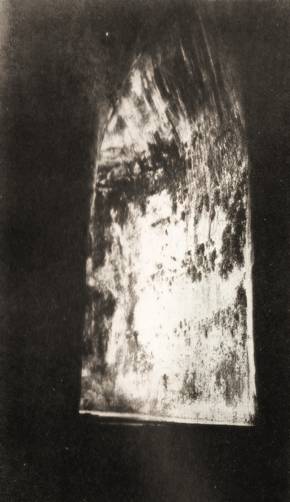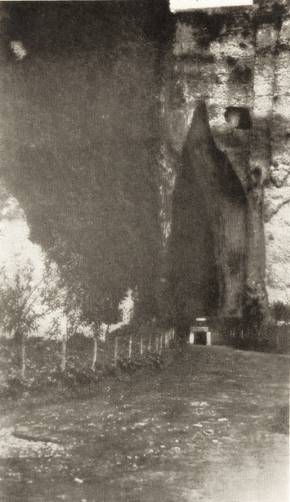The Ear Of Dionysius
By Harold Brodrick.
The Island of Sicily, which has an area almost that of Yorkshire, is usually considered to be of volcanic origin, but as a matter of fact the greater portion consists of limestone similar to that found on Ingleborough. The chief evidences of volcanoes are to be found in the north-eastern portions of the island, Mount Etna and the district near Messina (well remembered as the site of the earthquake in 1908), and also in the south of the island, the mud volcanoes of Maccaluba, some ten miles from Girgenti. The interior consists of rocky uplands, steep cliffs and sheep and goat pastures.
One of the most interesting parts of the island, from the point of view of the Journal, lies in and around Syracuse. The modern town of Syracuse, on what was formerly an island and which now only has some 27,000 inhabitants, is built on one portion of the old Grecian city, which is reputed to have had a population of more than half a million.
One interesting point on the “island” of Ortygia is the Fons Arethusa, where Lord Nelson is said to have watered his ships prior to the Battle of the Nile; this spring is similar to Keld Head in Kingsdale, the waters of the sea being kept out by a concrete wall, while the pool is crowded with fish (carp?) and ducks. If one throws a morsel of bread into the pool it is at once seized by a fish, but the fish rarely has time to swallow it before one of the ducks commandeers the bread.
There are, on the mainland, now connected with the modern city by an artificial causeway, innumerable remains of the old Greek and Roman civilisations, but the most interesting one to my mind is the so-called Ear of Dionysius. History, or it may be tradition, records that the “Ear of Dionysius” was made by the tyrant of Syracuse in order to overhear the prisoners below. There seems to be no doubt that after the defeat of the Athenian Fleet in the Great Harbour of Syracuse (BC. 415), some 9,000 prisoners were confined in one or other of the great quarries on the mainland. These quarries (latomia) were evidently the source from which the stone for building ancient Syracuse had been obtained. This limestone, which seems to be of Jurassic age, is remarkably free from bedding planes, much more so than that in the great shaft of Gaping Ghyll.
At one end of the Latomia del Paradiso is the Ear of Dionysius, which is a partially artificial cave; this cavern is some 210 feet in length and at least 70 feet high and 30 feet wide; it is not straight but forms an S bend; the least whisper, or even the tearing of paper, can be clearly heard from one end to the other.
Near to this, but on a higher level, is the Greek Theatre, hollowed out of the rock in the 5th century B.C. Immediately above this is the Street of Tombs, a narrow passage with limestone some 40 feet in height on either side, into which have been excavated monuments, niches for urns and larger sepulchral porticoes, now overhung by masses of caper plant. Near the Street of Tombs and above both the Greek Theatre and the Ear of Dionysius, is a sacred underground stream, which comes to daylight for a few yards at the Nymphæum, and which had evidently been diverted in the olden days from the upper passages of the Ear of Dionysius. The higher portions of the Ear show clear evidences of water action, but the lower parts have obviously been enlarged and cleanly worked. The whole forms a wonderful replica of Gaping Ghyll on a smaller scale and the upper portions would probably be well worth thoroughly exploring, as it is likely that both geological and antiquarian discoveries might be made.

